Master of Orion Series Retrospective (Part One)
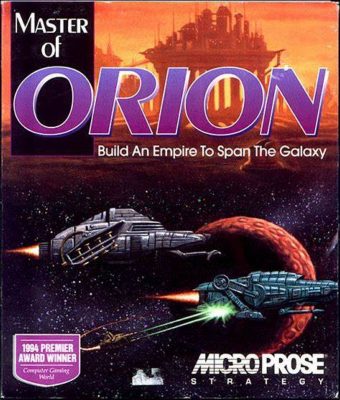 By Patrick S. Baker
By Patrick S. Baker
The early 1990s saw the release of many of the seminal games of what would soon be called the 4X (for eXplore, eXpand, eXploit, and eXterminate) PC game genre. Games like Armada 2525, Civilization, and the subject of this article, Master of Orion (MoO) were published some 30 years ago and still influence the genre today.
In fact, reviewer Alan Emrich named the game type “XXXX” in a 1993 preview of Master of Orion for Computer Gaming World (CGW). A year later Martin E. Cirulis in the same magazine shortened the term to “the four Xs” this later became “4X”. While MoO was not the first 4X game, that honor goes to Reach of the Stars released in 1983.
Still, it was Master of Orion that “would define 4X gaming for years.”

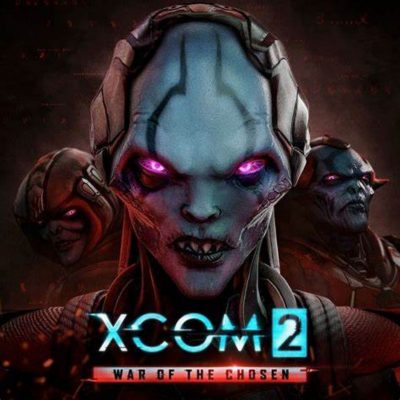
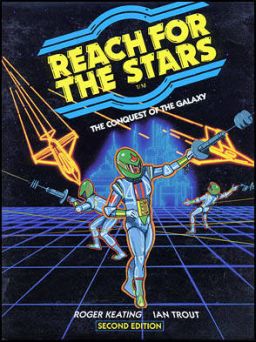 The designation “4X” (standing for “eXplore, eXpand, eXploit and eXterminate”) originated in the Computer Gaming World 1993 preview of Master of Orion by Alan Emrich. In a play-on-words, Emrich rated the game as “XXXX”, referencing the “XXX” rating for pornography. Over time the phrase mutated into “4X” and has been adopted and adapted into a game genre description.
The designation “4X” (standing for “eXplore, eXpand, eXploit and eXterminate”) originated in the Computer Gaming World 1993 preview of Master of Orion by Alan Emrich. In a play-on-words, Emrich rated the game as “XXXX”, referencing the “XXX” rating for pornography. Over time the phrase mutated into “4X” and has been adopted and adapted into a game genre description.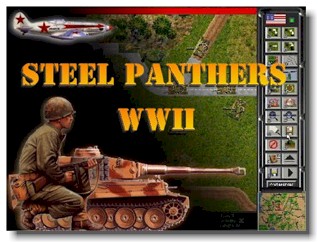
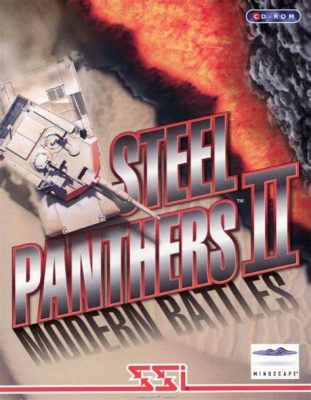 Steel Panthers II: Modern Battles (SPII:MB) was released in November 1996, just one year and two months after the release of the original Steel Panthers (now referred to as Steel Panthers I or SPI). Grigsby had two main goals while developing the new game; one was to improve the animation and the other was to let the players simulate most of the armed conflicts, both major and minor, historical or hypothetical, throughout the world, from 1950 to 1999.
Steel Panthers II: Modern Battles (SPII:MB) was released in November 1996, just one year and two months after the release of the original Steel Panthers (now referred to as Steel Panthers I or SPI). Grigsby had two main goals while developing the new game; one was to improve the animation and the other was to let the players simulate most of the armed conflicts, both major and minor, historical or hypothetical, throughout the world, from 1950 to 1999.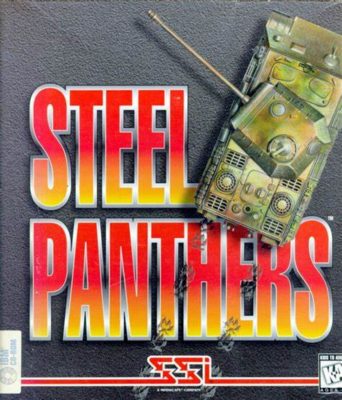 By Patrick S. Baker
By Patrick S. Baker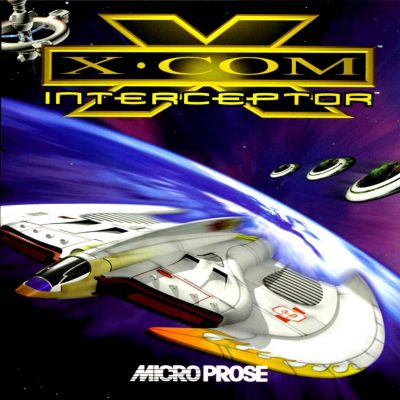 X-COM: Interceptor
X-COM: Interceptor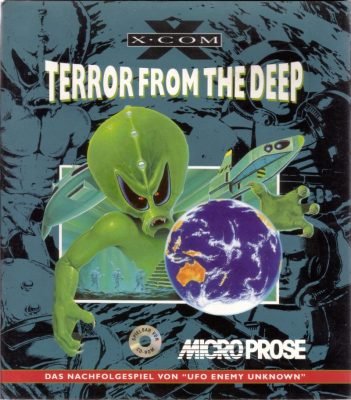 By Patrick S. Baker
By Patrick S. Baker